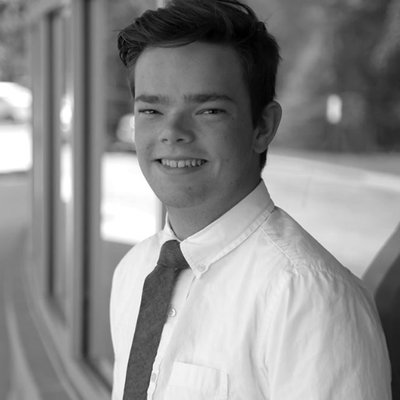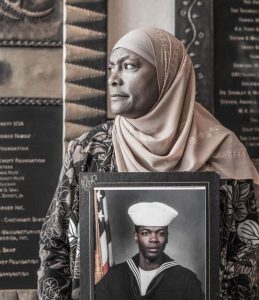Column: Confessions of Most Prolific Serial Killer Point yo Law Enforcement Apathy
Oct 17, 2019
In 2012, a pair of Louisville police officers entered a homeless shelter looking to apprehend and extradite a man connected with crimes in Los Angeles. His DNA, which was tied to several crimes in L.A., was collected by a cash for DNA program operating in the poor neighborhoods of Louisville. DNA research companies offer $20 for DNA swabs that they later sell to police departments across the nation. These two beat cops arrested, at the time, 72-year-old Samuel Little, who was soon to be named America’s most prolific serial killer.
After his extradition to L.A. County, police departments all over the country found DNA connections between Little and decades-old cold cases acording to The New York Times. Soon, detectives from Texas, Ohio, Nebraska and Florida visited Little in prison. Little confessed to every murder these detectives brought forward, recalling the crimes with picture-perfect clarity according to the Cincinnati Enquirer. By 2018, Little had been connected to 39 murders and confessed to a total of 90. Last week, the FBI confirmed more murders tied to the now wheelchair-bound Little, and claimed that he is the most prolific serial killer in U.S. history.
When people are confronted with such heinous crimes, the questions of why and how echo soundly in their minds. In the case of Samuel Little, how does a man kill upwards of 39 people over the span of 35 years? In an era of smartphones and closed-circuit cameras, how does someone get away with something like this for so long? It’s simple: criminals play on police apathy towards marginalized people.
According to a study conducted by Michigan State researchers James Rydberg and Jesenia Pizzaro, homicide cases involving marginalized groups are cleared far less than those victims of higher social status This is due to social apathy towards marginalized groups. Through the case of Samuel Little, these biases are observable. In a taped confession with a Texas Ranger, Little himself stated that he targeted transient, LGBTQ and drug-addicted individuals because they were less likely to be investigated.
As chilling as it seems, Little’s claim is not false. According to The New York Times, the FBI noted that the majority of the victims’ deaths were ruled as overdoses, accidents or resulted from an unknown cause. empirical data supports the conclusion that law enforcement officials devote fewer resources to investigations involving devalued victims.
The study conducted by Rydberg and Pizarro synthesizes many factors such as criminal history, drug use and gang affiliation of homicide victims to create a “social deviance scale.” In comparing the victims based on lifestyle, Rydberg and Pizarro concluded that victims who scored higher on the “social deviance scale” had a lower homicide clearance rate overall and a longer investigation time when cleared.
Another angle to the devaluation of victims based on social perception is race. The National Criminal Justice Reference Services published a study by criminologist D.F. Hawkins examining attitudes of both the public and law enforcement towards black victims of domestic violence. The study concluded that the “devaluation of the black victim and the perceived normality of violence are evidenced both in the social science research literature and the attitudes of the public. Further, these racist perceptions are shared by law enforcement officials, social service practitioners and others. Thus, black victims may be accorded unequal treatment by police and the courts, and practitioners may view intervention efforts as futile.”
The attitudes of law enforcement originate entirely from our attitudes; they are socially and culturally produced. As Ryderg and Pizzaro conclude in their study, the greatest influence on case clearance is media attention. Therefore, to prevent the atrocities perpetrated by Samuel Little from repeating themselves, communities should take it upon themselves to treat every homicide as important, warranting attention from both media and police. Murder is a vicious robbery of the only thing we are entitled to: our own life. In adopting this attitude, we can influence law enforcement to be proactive in protecting the most vulnerable people in our communities.












